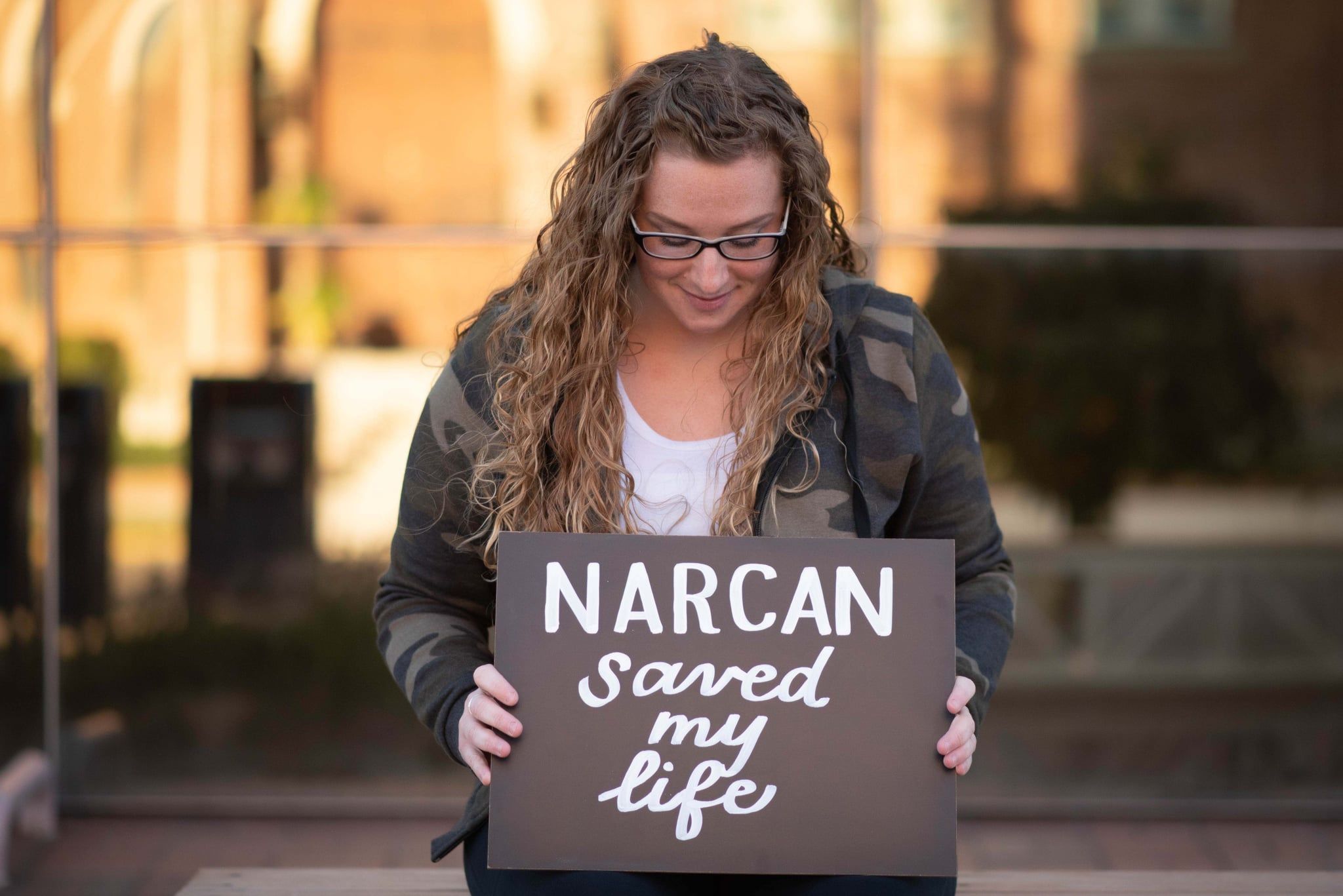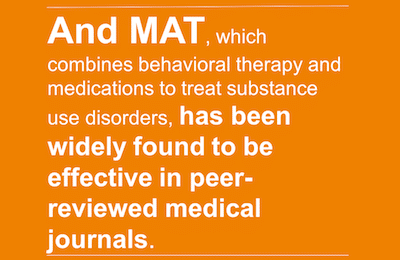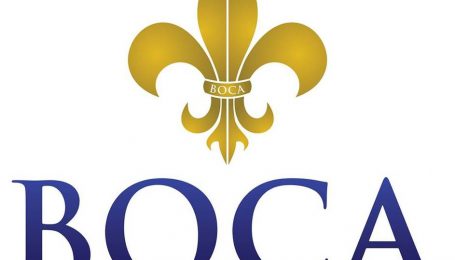Questions like, “What is Narcan?,” and “What is naloxone?” are common from people who don’t know about these lifesaving drugs, so today’s post will focus on helping you understand how these drugs work and why they’re effective.
The United States is in the middle of an opioid crisis, and this means that it’s important for you to know that relapse and overdose are common occurrences in the recovery process. Fortunately, there are safe, lifesaving drugs that can be administered to someone who overdoses on opioids.
Breaking the addiction cycle is difficult for both the person on a journey of sobriety as well as the friends and family members who are witnessing the struggle.
What is Narcan?
Narcan is the brand name of a special class of drugs that are labeled as “opioid antagonists.”
Drugs like heroin, fentanyl, morphine, oxycodone, and other similarly addictive opioid substances work by binding to specific receptors in the brain and spinal cord. When opioids bind to these receptors, they block pain signals and trigger a release of the chemical dopamine, which controls feelings of pleasure. This combination of blocked pain signals and flooding of pleasure sensations is a major part of why opioid drugs can so easily become addictive.
In contrast, opioid antagonists counteract the pain-blocking properties of these drugs. They do not allow the opioids to bind to those receptors, and this effectively negates the positive aspects of taking the drugs.
This is different from drugs like methadone because those drugs mimic the effects of an opioid in order to lessen cravings and withdrawal symptoms. Opioid antagonists remove all of the pleasurable aspects of taking the narcotics, and they can also be used to rapidly reverse the effects of an overdose.
What Are the Different Names For It?
Narcan is a specific brand name, so it is common to see different names for the same type of drug. Some of these names are simply generic, and others are brand names for drugs that are in the same class of opioid antagonists.
Below are the most common names you will encounter when talking about opioid antagonist drugs that are used to reverse an overdose or help with a sobriety program.
– Naloxone
– Naltrexone
– Vivitrol
– Nalorphine
How Can Naloxone Be Administered?
There are a few different ways that these overdose reversal drugs can be administered.
1. Injection
Injections are typically only done by people like paramedics who have been professionally trained on how to use Narcan. Administering injections requires skill and practice, so this is not an ideal method for anyone without medical training.
2. Auto-injection
There are special, prefilled injectors that are safe for anyone to administer. They can be used by friends or family members as well as paramedics to give a quick, lifesaving dose of the drug directly into the thigh muscle. These injectors also have prerecorded verbal instructions, which means that you do not have to be trained on how to use naloxone in order to safely give this type of injection.
3. Nasal Spray
The nasal spray is the easiest and most convenient method for anyone who has not been formally trained on how to use Narcan or is uncomfortable with needles. The nasal spray formula is intended to be quickly sprayed into the nostril of someone who has overdosed.
Regardless of which formulation you give someone, it’s important to note that more than one dose might be required, especially if the person has stopped breathing before the initial dosing. The effects of these drugs typically only last for 30 to 90 minutes, so you should keep a close watch after administering the first round of medication.
It’s also critical to read all of the package instructions and become familiar with how to use naloxone treatments beforehand so that you’re ready if an emergency happens.
How Should These Drugs Be Used?
You may still have questions like, “What is naloxone able to be used for?,” or, “Can these drugs be used for other types of overdoses?”
There are some cases where doctors will prescribe opioid antagonists like these alongside pain medications in order to lessen the risk of developing an addiction. However, the primary use of these drugs is to rapidly reverse a potentially fatal overdose until the person can receive proper medical care and recovery treatment.
If you live in an area with high levels of opioid abuse, or you know someone who is struggling with addiction, it can be helpful to keep doses of these drugs on hand. They are a short-term solution that can save a life and help to put an addict on the path of sobriety.
Learn How To Use Narcan To Save a Life
The opioid crisis isn’t likely to be resolved anytime soon, so it’s critical to arm yourself with knowledge. Becoming comfortable with how to use naloxone now will help you be able to act appropriately if you ever have to deal with a time-sensitive overdose situation.




